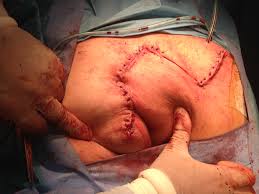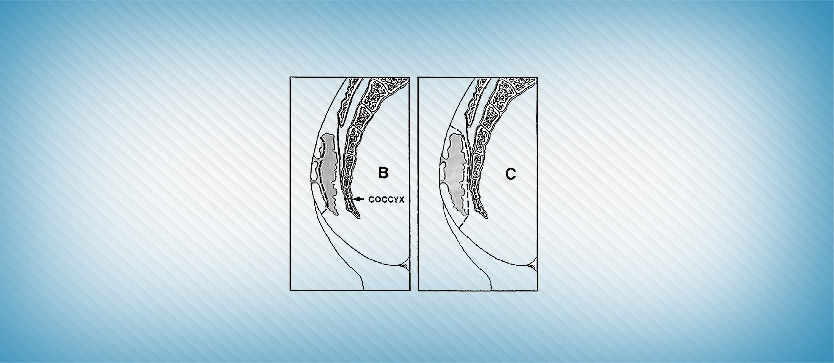What is pilonidal sinus?
It happens when broken fragments of hair collect in a cavity under the skin pilonidal cyst forms. A pilonidal sinus occurs under the skin between the buttocks. A sinus tract is an abnormal channel (like a narrow tunnel) in the body that this tract drainage the pus in the sinus.
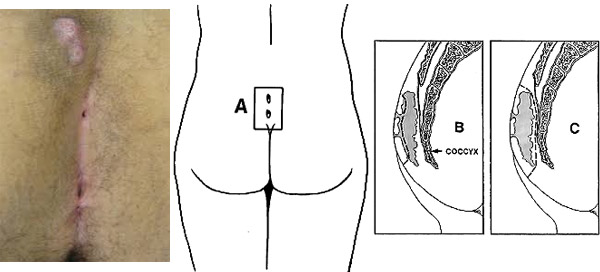
Epidemiology
Incidence of pilonidal disease is about 26 per 100,000 populations. Pilonidal disease occurs predominantly in males, at a ratio of about 3-4:1. It occurs predominantly in white patients, typically in the late teens to early twenties, decreasing after age 25 and rarely occurs after age 45.
Pathophysiology
Hair follicles are the small holes that an individual hair grows out of. Hair penetrates into the subcutaneous tissues through dilated hair follicles. It is thought that pressure and friction on a hair follicle could somehow damage it, causing a pilonidal sinus. This may explain why pilonidal sinuses are common around the buttocks, as sitting and driving will cause pressure and friction on this area.
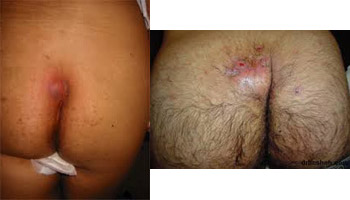
Risk factors
- Obesity: having a body mass index (BMI) of 30 or above
- Age: pilonidal sinuses can occur at any age, but are more common in young adults between the ages of 20 and 40
- Having an above average amount of body hair, which may be why more men are affected than women
- Having coarse and curly body hair
- A previous injury to the affected area of skin, for example from a fall
- Having a deep cleft between your buttocks
- Having a family history of the condition – more than one-third of people have a family member with the condition
- Having a job that involves a lot of driving or sitting down for long period
Signs and symptoms
- Pain pus draining from the sinus(the pus usually smells unpleasant)
- Blood draining from the sinus
- If the sinus becomes infected, an abscess will usually develop. An abscess is a painful collection of pus
- Redness of the skin
Treatment
Treatment may not be necessary for a pilonidal sinus if it’s not infected. It is important to keep the area as clean and dry as possible. Removing hair from the area is also advisable, usually by shaving or using hair removal creams. This should reduce the risk of an infection. There is two method of surgery:
Wide excision
During wide excision, the surgeon cuts out the section of skin containing the sinus. The wound is left open and packed with a dressing. The advantage of having a wide excision is that the chances of infection returning are low. But the wound will take a long time to heal.
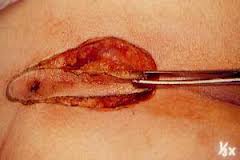
Excision and primary closure
During an excision and primary closure, the surgeon cuts out the section of affected skin before closing and sealing the wound with stitches. The advantage of this technique is that the wound heals quickly. However, the chances of the infection returning are higher than with a wide excision.
